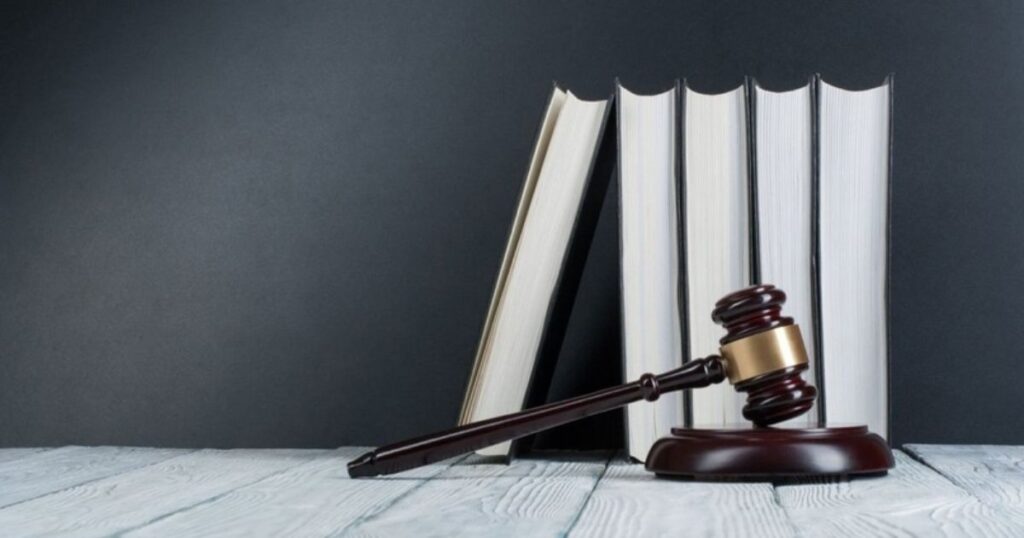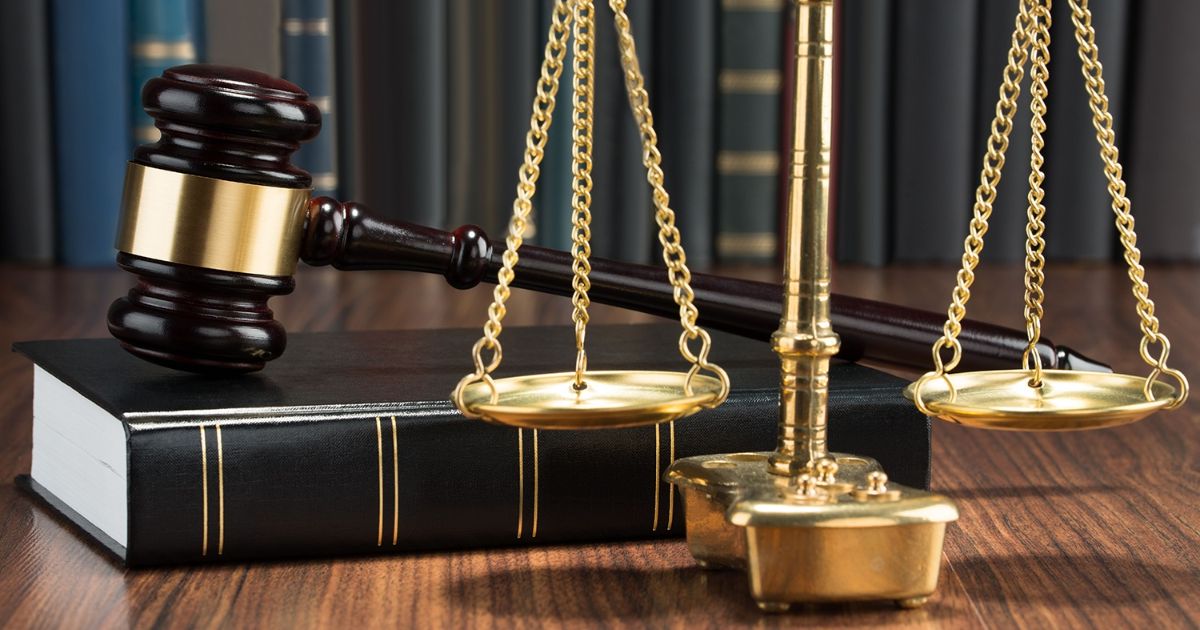Asylum is a form of international protection granted to individuals who are fleeing their home countries due to a well-founded fear of persecution. Countries have various procedures in place to determine whether an individual qualifies for asylum. These procedures are influenced by international legal obligations, national laws, and the political and social climate of the asylum-seeking country.
The criteria and process for granting asylum, though broadly similar across countries, vary based on specific legal frameworks, case law, and the discretion of decision-makers. This article explores the key factors and processes involved in determining who qualifies for asylum, and the role of international agreements, national laws, and various forms of evidence.
International Legal Framework For Asylum
The foundation for asylum laws globally stems from international agreements, most notably the 1951 Refugee Convention and its 1967 Protocol. The Refugee Convention defines who qualifies as a refugee and outlines the rights of refugees, including the principle of non-refoulement, which prohibits the return of a refugee to a country where they would face persecution.
According to the Refugee Convention, an individual is considered a refugee if they meet the following criteria:
- They are outside their home country due to a well-founded fear of persecution.
- The persecution they fear is based on one of five grounds: race, religion, nationality, membership in a particular social group, or political opinion.
- They are unable or unwilling to return to their home country because of this fear.
While the Refugee Convention provides a universal legal standard, its implementation is often influenced by each country’s legal system, political environment, and administrative structure.
National Laws And Procedures
Each country that has signed the Refugee Convention and the 1967 Protocol has its own asylum process, which includes mechanisms to determine eligibility and provide protection for those who qualify as refugees Countries. These procedures often involve the following key steps:
Initial Application For Asylum
The process typically begins when an individual who has fled their home country arrives in a host country and applies for asylum. In some countries, asylum seekers must apply for asylum immediately upon arrival, while in others, they can submit their application once they are within the country. The asylum seeker is generally required to demonstrate that they meet the eligibility criteria set out in the Refugee Convention.
Interview Process And Evaluation
Once the application is submitted, the asylum seeker usually undergoes a formal interview with an immigration official, a border officer, or a member of an asylum adjudication board. The interview aims to establish the credibility of the asylum seeker’s claim, the nature of the persecution they face, and their fear of returning to their home country.
During the interview, asylum seekers are typically asked to provide detailed information about their personal background, experiences, and reasons for fleeing their country. This includes discussing any threats they have received, incidents of violence, or political oppression they may have experienced. The government official will also assess whether the person’s story aligns with the general conditions in their home country and whether they are eligible for protection.
Evidence Assessment

Asylum seekers are often required to provide supporting evidence for their claims. This evidence can include:
- Personal testimonies about experiences of persecution.
- Medical reports, such as evidence of physical harm resulting from violence or torture.
- Country of origin information (COI), such as reports from human rights organizations, news articles, and government documents that describe the conditions in the applicant’s home country.
- Witness statements from friends, family members, or others who can corroborate the claimant’s story.
The Tribunal or the deciding officer will evaluate the evidence to determine whether the asylum seeker’s claim is credible and whether they meet the legal definition of a refugee.
Decision
After reviewing the asylum seeker’s application, interview, and supporting evidence, the authorities will issue a decision. This can take several weeks or months depending on the complexity of the case and the workload of the asylum system. The decision will typically fall into one of the following categories:
- Granting asylum: If the individual meets the legal criteria and demonstrates a credible fear of persecution, asylum is granted.
- Denial: If the individual fails to meet the criteria or if there is insufficient evidence to support their claim, asylum is denied. The individual may be offered alternative forms of protection or asked to leave the country.
- Referral to a higher tribunal: In some cases, asylum seekers may have the right to appeal the decision. If the appeal is successful, asylum may be granted.
Exclusions From Asylum
Not all individuals who flee their country qualify for asylum. Several exclusions and exceptions exist, as outlined by the Refugee Convention:
- Criminals: Individuals who have committed serious crimes, such as war crimes, terrorism, or crimes against humanity, are generally excluded from being recognized as refugees.
- Public safety: Individuals who are deemed a threat to public safety, such as those with a history of violent behavior, may not qualify for asylum.
- Internal relocation: If an individual could relocate to another part of their home country where they would not face persecution, they may not qualify for asylum in some cases.
Additionally, some countries may have stricter requirements or interpretations of the Refugee Convention’s criteria.
Role Of International And Regional Agreements
While the Refugee Convention serves as the global benchmark, there are other regional agreements and conventions that influence asylum eligibility, such as the European Union’s Dublin Regulation and the Organization of African Unity (OAU) Convention. These agreements often provide additional protections or establish procedural rules that member states must follow in processing asylum claims.
For instance, the Dublin Regulation is a set of EU rules that determine which EU member state is responsible for processing an asylum claim. The regulation aims to prevent asylum seekers from filing multiple applications in different EU countries. It generally assigns responsibility to the country where the asylum seeker first enters the EU.
Special Considerations in Asylum Claims

There are certain cases that may warrant special attention during the asylum determination process. These include:
Gender-Based Persecution
Some asylum seekers face persecution based on gender-specific issues, such as gender-based violence, female genital mutilation, or forced marriage. Many countries have recognized that such persecution qualifies under the social group criteria of the Refugee Convention, and gender-based persecution is increasingly seen as a valid reason for granting asylum.
LGBTQ+ Asylum Seekers
Asylum seekers who face persecution because of their sexual orientation or gender identity also have valid claims for asylum. Many countries now recognize that LGBTQ+ individuals who are at risk of harm in their home countries due to their identity are entitled to asylum protections under the social group or political opinion grounds.
Trafficking Victims
Victims of human trafficking may be eligible for asylum if they can demonstrate that they fled their home country due to the risk of further exploitation or persecution. Some countries provide specific programs for trafficking victims, including asylum or residence permits that protect them from deportation.
Appealing A Denied Asylum Application
If an individual’s asylum claim is denied, they typically have the right to appeal the decision. The appeal process varies by country but generally involves the applicant presenting new evidence or arguing that the original decision was flawed. In some cases, the appeal may be heard by a higher court or a special immigration tribunal, and the applicant may remain in the country while the appeal is pending.
Challenges And Criticisms Of The Asylum Process

The backlog of asylum applications in many countries has led to long waiting times, leaving applicants in limbo. Moreover, political changes can influence the asylum process, with certain governments adopting more restrictive immigration policies that affect who qualifies for asylum.
Asylum seekers may also face significant challenges in proving their claims, especially in the absence of sufficient evidence or if their experiences are difficult to document. The asylum process is often criticized for being lengthy, complex, and sometimes biased.
Frequently Asked Questions
What is the difference between asylum and refugee status?
Asylum is the process through which individuals request protection from a foreign country due to fear of persecution in their home country.
Can I apply for asylum if I entered a country illegally?
Yes, individuals who enter a country illegally can still apply for asylum. The right to seek asylum is a fundamental human right and cannot be denied based on how an individual entered the country.
What happens if my asylum claim is denied?
If your asylum claim is denied, you may be asked to leave the country or face deportation. However, you typically have the right to appeal the decision within a set period.
How long does it take to get a decision on my asylum claim?
The time it takes to get a decision on an asylum claim varies widely depending on the country and the complexity of the case. It can take anywhere from a few months to several years.
Conclusion
The determination of who qualifies for asylum is a complex and multifaceted process influenced by international legal frameworks, national laws, and the specific circumstances of each asylum seeker. At its core, the asylum process is designed to offer protection to individuals fleeing persecution based on race, religion, nationality, political opinion, or membership in a particular social group.
The asylum process typically involves a thorough evaluation of an individual’s claim, including an interview, the presentation of evidence, and an assessment of the conditions in the applicant’s home country. Asylum seekers are also given the opportunity to appeal denied claims, ensuring that due process is followed.

